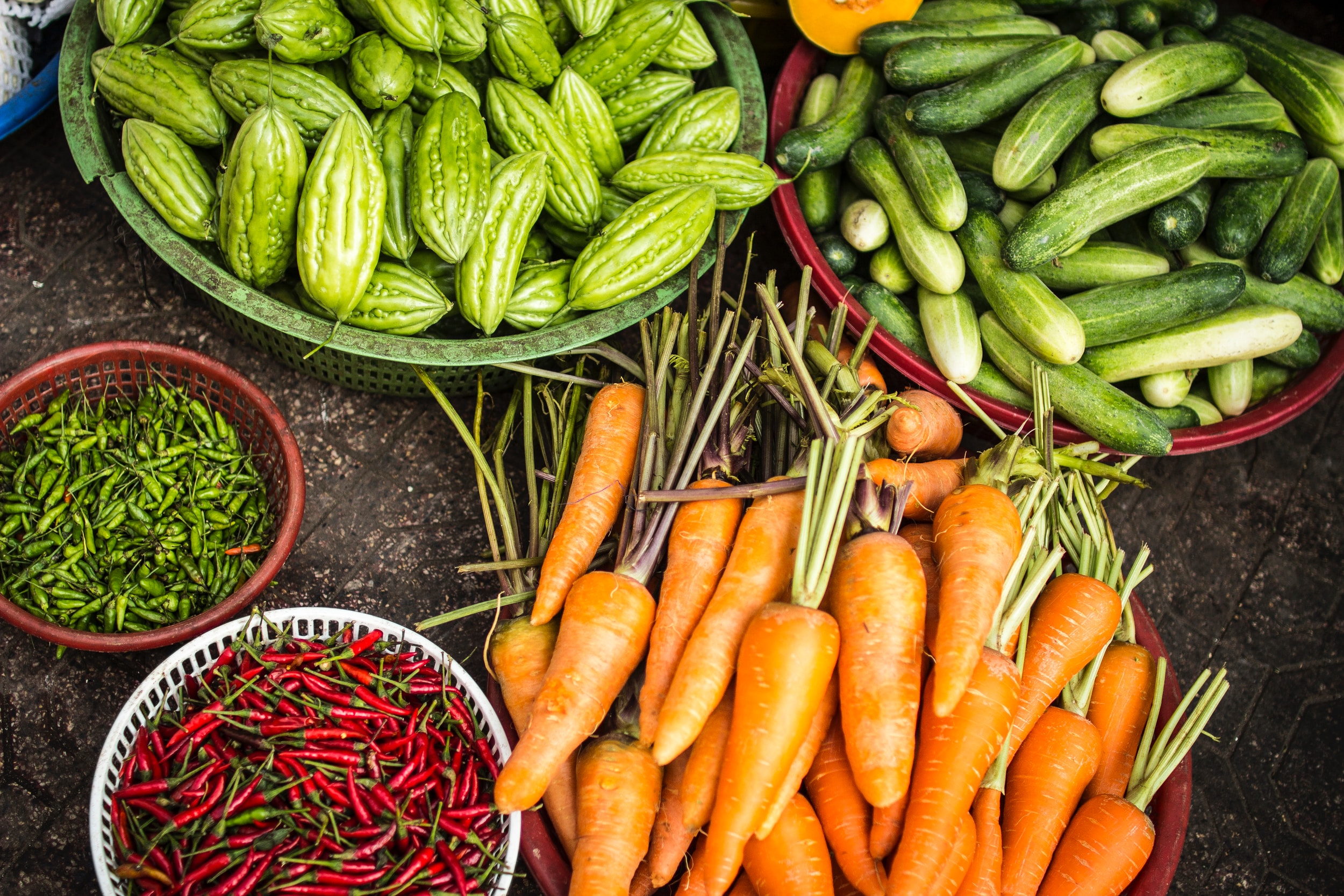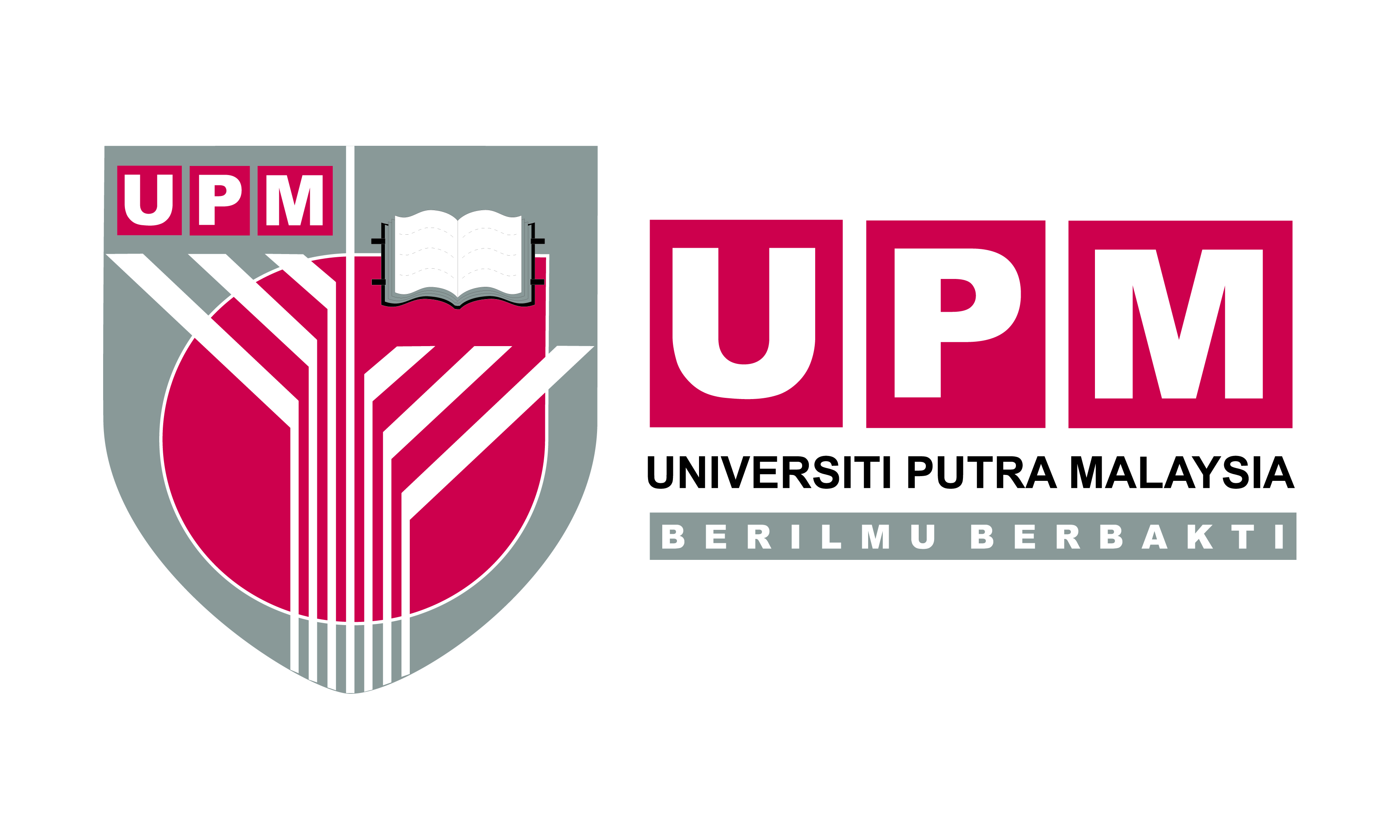**This article was published in English and has no translation in Bahasa Melayu**
**This article was published in NEW STRAITS TIMES on 9 SEPTEMBER 2019.**
By Prof Datuk Dr M Nasir Shamsudin

Food insecurity is a serious issue facing households in the developing economies. Although Malaysia is generally food secure at the national level, where the country was ranked at 40th out of 113 countries by the Global Security index in 2018, there exists of food insecure at the household level. For example, a study by Rusidah et. al. (2015) in Malaysia indicated that 13.4% of adults had both reduced the size of meals and skipped main meals because of financial constraints. In East Malaysia, the figure was 20.3%, and Peninsular Malaysia 11.5%.
The United States Agency for International Development (USAID) has developed the Household Food Insecurity Access Scale (HFIAS) to categorise the prevalence of food insecurity in households as follows:
Food-secure – a household was labelled ‘food-secure’ when the members ‘rarely’, in the past four weeks, worried about not having enough food;
Mildly food-insecure – the members of the household worried about not having enough food sometimes or often, and/or were unable to eat preferred foods, and/or ate a more monotonous diet than desired, and/or ate some foods considered undesirable but only rarely;
Moderately food-insecure – the household members sacrificed quality more frequently by eating a monotonous diet or undesirable foods sometimes or often, and/or had started to cut back on quantity by reducing the size of meals or number of meals, rarely or sometimes; and
Severely food-insecure – the individuals in the household had to cut back on meal-size or number of meals often, and/or experienced any of the three most severe conditions (running out of food, going to bed hungry, or going a whole day and night without eating).
The HFIAS is used to estimate the prevalence of food insecurity in the United States (U.S.) annually, and also been employed in several developing countries.
Studies have documented that households, in general, employ a range of coping strategies during times of food insecurity. These strategies in the context of food security can be divided between “income soothing” and “consumption soothing” strategies. Income soothing strategies indicates, for example, income diversification or receiving food from other resources, while consumption soothing strategies implies, for example, modifying food consumption by reducing food intake or reducing the number of household members eating in the household.
In Malaysia, other than reducing the size of meals and skipped main meals as mentioned by Rusidah et. al (2015), findings of a study by Zalilah et. al. (2008) indicated that food insecure households, that had more school-going children, tend to reduce expenditures on the children's education. The food insecure households also borrowed money to buy foods, received foods from family members, relatives and neighbors, and also reduced the number of meals in order to cushion from experiencing food insufficiency. They also adopted the strategy on cooking whatever is available at home for their meals, including the use of herbs, plant shoots (bamboo, cassava, banana) or vegetables grown by the households. Households suffering from moderate and severe food insecurity, are more likely to adopt both “income soothing” and “consumption soothing” compromisation coping strategies.
In order to reduce the incidence of household food insecurity, some policy responds that can be considered in developing a comprehensive food security strategy framework in terms of food availability, accessibility, utilisation, and stability are as follows:
Availability – refers to the physical existence of food. At the national level, food availability is a combination of domestic food production, food imports and exports, and domestic food stocks. On household level, food could be from own production or bought from the local markets.
- The food production sector must be developed and transform it into a modern, competitive and commercially vibrant sector. This can be achieved by emulating the industrial crop production model to the food sector where large plantation which is private sector led co-exist with the smallholder production units. To stimulate the investment, incentives to the private sector must be formulated in a way that the return in investment in food production is at par with industrial crops, such as oil palm investment. This can be encouraged through appropriate domestic resource mobilisation initiatives and fiscal policies;
- Develop agro-entrepreneurship incubation program. As in UPM, participants are selected mainly from newly graduated degree holders in agriculture and related disciplines who have inclination towards entrepreneurship. They are incubated where at the end of the incubation period; successful participants would have their own farms;
- Implement land-use policy to enhance food security through the setting aside of adequate areas of agricultural lands and aquatic and other natural resources for food production and other sources of nutrition;
- Implement special programmes that will enhance productivity with a view to reducing costs and increasing and stabilizing production and incomes of the poor. Such programmes could include improving the access of small-scale producers to inputs, credit and other essential services as well as to markets. The role of agricultural cooperatives and effective extension services in increasing production and producer incomes should be stressed;
- Rapid urbanisation is pulling poverty and food insecurity into cities, given the fact that urban dwellers are actually net food buyers and depends largely on cash income to access food. Promoting urban farming as well as household and community gardens can reduce urban household food expenditure.
- It used to be that agriculture is the provider of food, job and income to mankind. However, that paradigm is no longer holds under the current context of climate change, environmental degradation, resource depletion, and the concern for food security worldwide. The new theme for agriculture goes beyond its basic functions, but to enhance resource conservation, environment, preserve farm community and to alleviate poverty. The multi-functionality of agriculture raises its worth more than just economics, and it must be recognised in terms of its environmental services;
- Intensify research in food production, handling and storage and prevention of food losses, crop and genetic diversity, and improved food processing, preservation and marketing. Research should be done on household handling of food and intrafamily food distribution to assure adequate food availability and to protect the nutritional value of food and prevent food losses and wastage; and
- Intensify research on cost-effective indicators to measure household food security problems and to measure progress of appropriate programmes in solving the food insecurity problems.
Accessibility – refers to household resources to obtain food in sufficient quantity, quality and diversity for a nutritious diet. This depends mainly on the amount of household resources and price as well as the efficiency of food distribution system.
- Stabilize food supplies through adequate stockholding in the form of strategic food security reserves as a first line of defence in emergencies;
- Data from SWCorp Malaysia indicated that Malaysians generally produce 38,000 tonnes of waste per day, and from the pile, about 15,000 tonnes make up food waste. About 8,000 tonnes, or 60%, of the food wasted daily is avoidable food waste (which refers to disposal of edible food such bread crusts, juice pulps etc). Of the 8,000 tonnes, about 3,000 tonnes is actually still edible. Rationed well and proportionately, the amount could feed approximately two million people. Promoting sustainable consumption will reduce food wastage.
- Improve food distribution and income transfer schemes for those foods consumed primarily by the poor by locating public food distribution centres in areas where the poor live, taking into account that these populations should be able to select nutritionally adequate diets from the range of foods available; and
- Improve access to work opportunities or production factors for urban and rural workers, and female heads of households by stimulating the creation of jobs, increasing their skills, providing credit on easy terms and increasing the availability of improved technologies, other inputs and means of production;
Utilisation – requires a healthy physical environment and adequate sanitary facilities as well as the understanding and awareness of proper health care, food preparation, and storage processes that the food is safe to be consumed.
The food safety can be improved by promoting food safety and nutritional education to eliminate illiteracy and improve knowledge in the selection of a safe and adequate diet and of food production, processing, storage and handling techniques at all levels along the food supply chain, especially the household level.
Stability – describes the temporal dimension of food and nutrition security, respectively the time frame over which food security is being considered. Stability is given when the supply on household level remains constant during the year and in the long-term. That includes food, income and economic resources. Furthermore, it is important to minimise external risks such as natural disaster and climate change, price volatility, conflicts or epidemics through activities and implementations improving the resilience of households.
Compared to the industrial sector, agriculture is exposed to many more unpredictable risks and uncertainties. Thus market risk management should be developed, such as price monitoring and forecasting, to reduce the risk in food production. Emergency-preparedness planning through effective early warning and other information systems as well as introduce measures to prevent natural disasters, such as irrigation schemes and flood control schemes should also be established.
In conclusion, to move forward, in order to cushion the impact of nation and household food insecurity, the food policy should focus on bigger investment in food availability, accessibility, utilisation, and stability.
 |
Prof Datuk Dr M Nasir Shamsudin |






